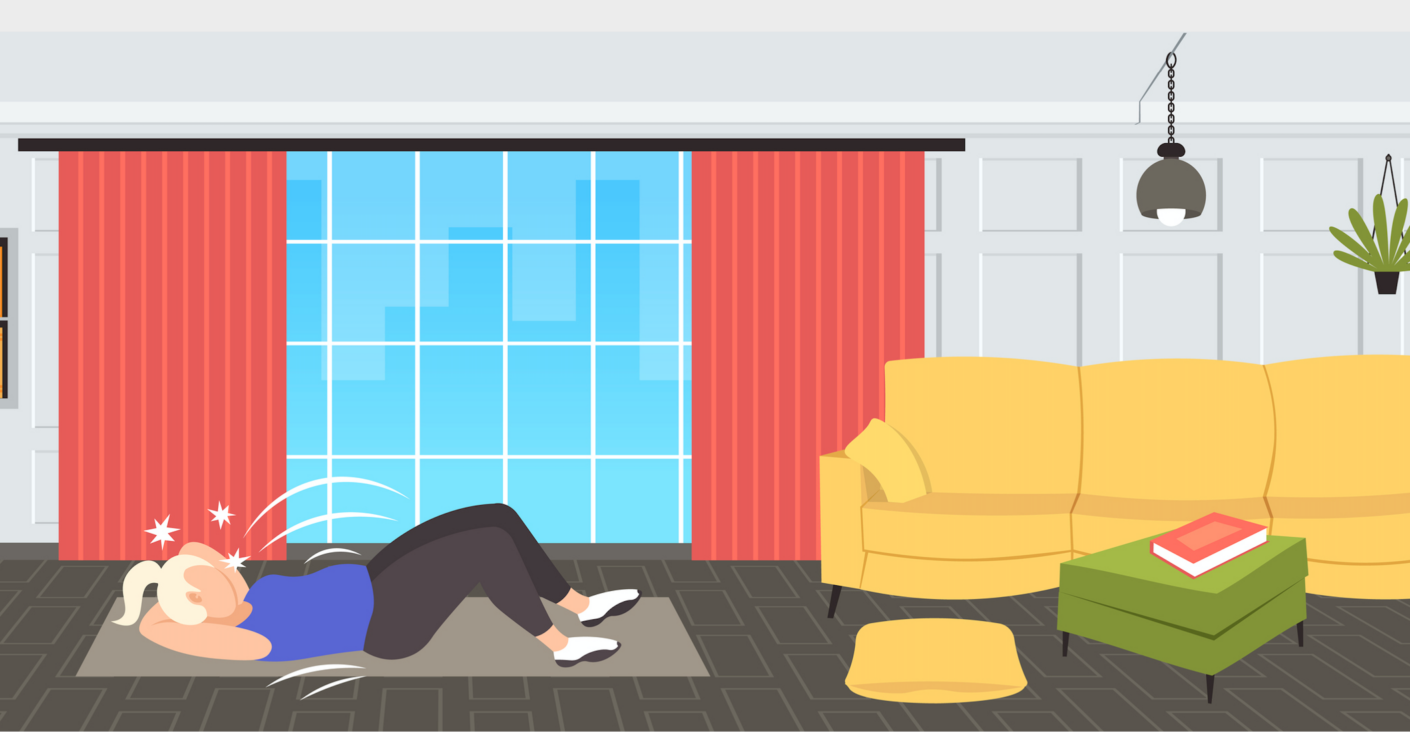If you’ve ever been pregnant, you’ve probably heard of a condition called diastasis recti. While the condition is most common among women who are recently postpartum, it can impact anyone, including men. It also doesn’t discriminate by age — even newborn babies can have diastasis recti, although the issue generally corrects itself as the child ages. It can also become a nuisance for women as they get older.
So what exactly is diastasis recti, how do you know if you have it, and what can you do about it? We asked our favorite women’s health expert, Dr. Rebecca Brightman, along with Sculpt Society founder and new mom Megan Roup to give us the 411, including what causes the condition and how to treat it.
KCM: What is diastasis recti?
Dr. B: Diastasis is a separation in the large recti abdominis muscle. That muscle is like a big strap from the xiphoid bone, which is in-between the ribs, all the way down to the pubic bone. The muscle separates in the midline, which can happen naturally for some people, but not all. When we talk about this separation, clinically we measure it in fingers, like a one-, two-, or three-finger breadth of separation. Some women — pregnant or not — can have a diastasis that’s four or five centimeters, while others might be one or two. With time, and with certain abdominal exercises, it will get better: planks and modified planks really work to build back this muscle. Traditional sit-ups also work, but they have to be done carefully. Because if ab exercises are done incorrectly, they can actually exacerbate these issues.
Megan Roup: Between your rectus abdominis muscle is almost a Silly Putty of fascia, called your linea alba. That’s the connective tissue that keeps the small muscles together. So as your belly expands, in pregnancy or otherwise, that connective tissue expands. And so as your belly expands, it gets much thinner, the way Silly Putty does if you stretch it side to side.
What causes it?
Dr. B: Excessive inner-abdominal pressure can lead to diastasis recti— so it makes sense that it’s frequently observed among new mothers. Diastasis isn’t necessarily a result of delivery experience at all, although if a woman has had a very large baby or gave birth to twins, we tend to see more distension of the abdominal muscles and a greater diastasis.
Since it is caused by pressure on the abdominal muscles, it can also be observed in non-pregnant people who have had rapid changes in weight, people of advanced age, or from conditions that cause swelling of the abdomen.
How do you know if you have it?
Dr. B: Some people notice that when they stand up or exhale, that they have a little “pooch” — that the midline of their abdomen is slightly distended. Some might even have some discomfort.
Is it dangerous?
Dr. B: Generally no, but in extreme cases, diastasis recti can lead to a hernia. So if you have a trapped bowel for example, and you have pain associated with it, that warrants attention.
What can you do to get rid of it?
Megan Roup: Some degree of separation is normal for women postpartum, but there are a few things you can do to help bring those muscles back together. It really goes back to strengthening the pelvic floor and 360 breathing. The pelvic floor is a bowl of muscles that connects your pubic bone, your anus, and the two sitz bones together. Those four parts of your pelvic floor get weighed-down in pregnancy, and a bump grows. This can be exacerbated by the trauma of labor and delivery. So not only do pregnant women want to strengthen and lengthen that pelvic floor, since that’s going to help during delivery, but a stronger pelvic floor also helps in postpartum. If, six weeks after having a baby, you have more than two fingertips-width of separation — meaning when you’re in a crunch position, you can push two fingertips down quite far between your ab muscles — you may need to go see a physical therapist.
Dr. B: While for most women, abdominal exercise will help that separation go away, some women are left with extra skin from a significant diastasis. For some women, that really doesn’t bother them, and for some women it’s significant and they really want to do something about it. And for those people whose abdominal walls are really slack, they can see a surgeon to discuss their options.









